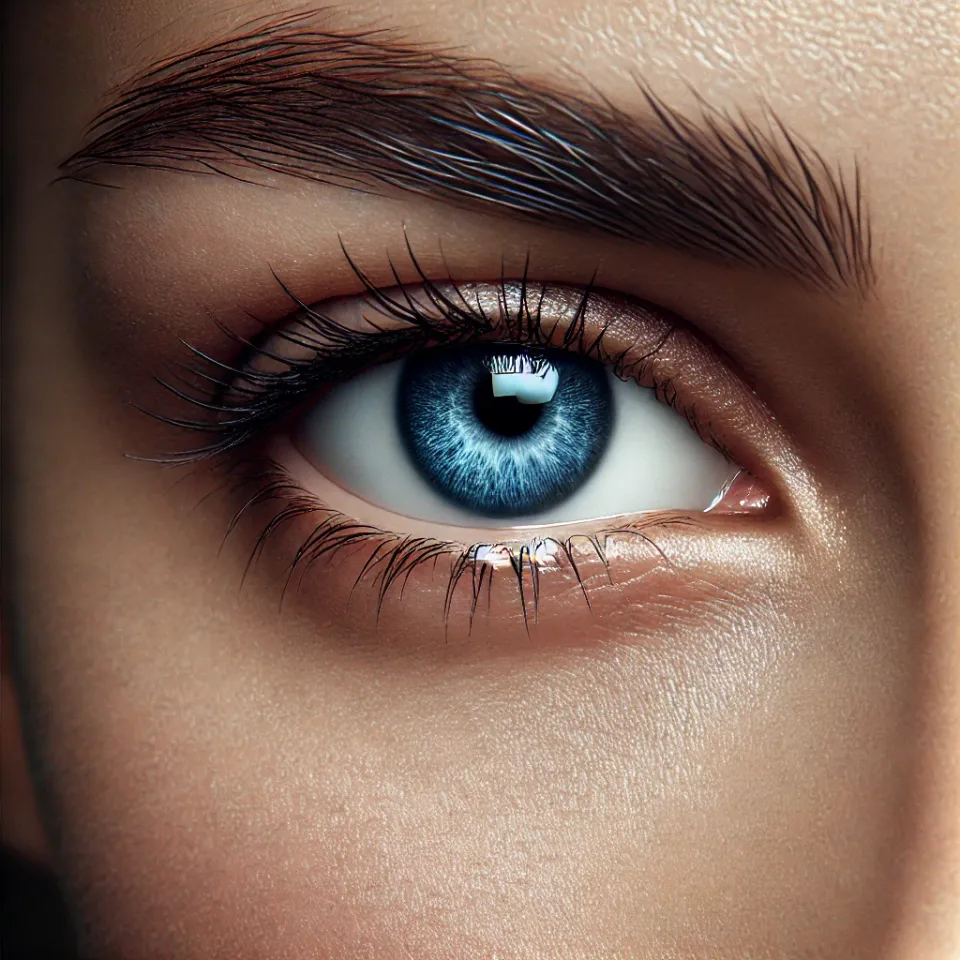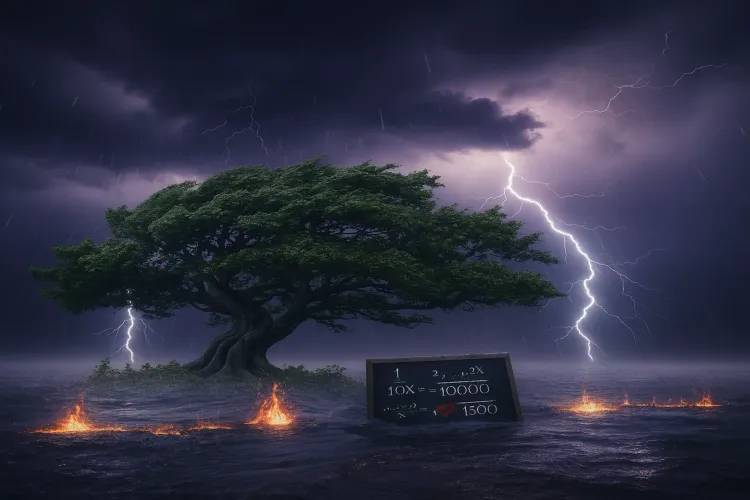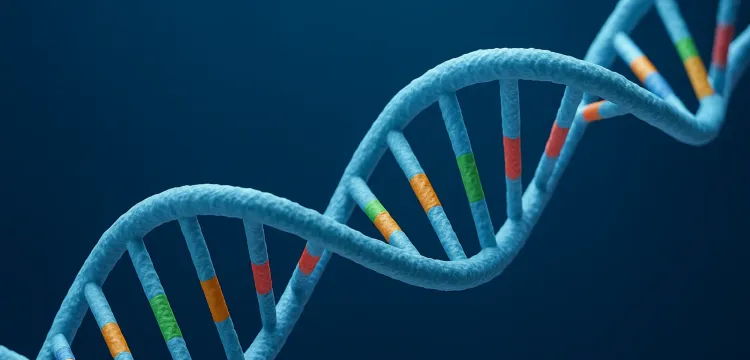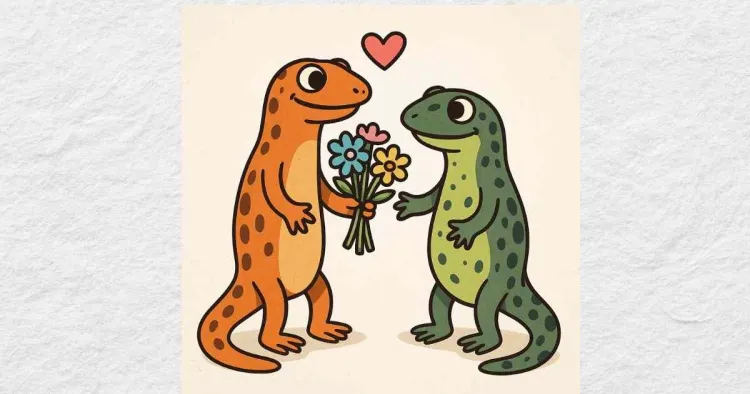How the Eye Evolved (Yes, It DID Evolve) – Step by Step

Some people like to claim the eye is "too complex to have evolved." They argue that something so intricate must have been created fully formed because “half an eye is useless.”
Well, guess what? That's wrong.
Evolution works step by step, and every stage of eye evolution gave creatures a survival advantage. From simple light-detecting patches to the high-powered lenses in eagles and octopuses, the process is clear. And fun fact: our own human eyes are far from perfect—we’ve got blind spots, limited color vision, and a design flaw that cephalopods completely avoided.
So, let’s walk through how the eye actually evolved, using real-world examples of animals that still have these "intermediate" eye types today. Because if evolution weren’t real, these creatures wouldn’t exist.
Step 1: Light-Sensitive Spots – The OG “Eye”
At first, there were just basic light-sensitive patches—clusters of cells that could tell light from dark. No images, no details, just “Hey, it’s bright” or “Oof, it’s dark.” But even this was useful for survival, helping creatures know when to hide or move toward food (Nilsson).
Who still has this today?
- Flatworms (Planaria) – These little guys have simple eye spots that help them detect light but don’t form images (Gehring).
Step 2: Eye Pits – Now With Directional Awareness!
If you sink that light-sensitive patch into a little pit, suddenly you can tell where the light is coming from. This makes it easier to move toward food or away from danger. No actual images yet, but it's a solid improvement (Land and Nilsson).
Who still uses this ancient tech?
- Limpets and Slugs – These mollusks have simple pit eyes that give them a vague sense of where light is coming from (Fernald).
Step 3: The Pinhole Camera Eye – Blurry Images, But Still Images!
Make the eye pit deeper, and now the opening acts like a pinhole camera, creating a basic, blurry image. The smaller the opening, the sharper the image—though less light gets in (Land and Nilsson).
Who still rocks this design?
- Nautilus – This ancient cephalopod still has a pinhole eye, no lens, but it can technically see images (Fernald).
Step 4: A Transparent Cover – Because Eye Infections Suck
Some animals evolved a thin, transparent covering over the eye to protect it. This simple tweak helped keep infections and debris out while still letting in light.
Step 5: A Crude Lens – Finally, Focus!
At some point, cells in the eye started changing shape, forming a crude lens. Suddenly, creatures could focus light, making images sharper. You’re not looking at Retina HD yet, but it’s way better than a pinhole (Nilsson and Pelger).
Who still has this today?
- Box Jellyfish – These guys have simple lenses that help them focus, despite not having a proper brain (Gehring).
Step 6: Adjustable Focus – Zoom In, Zoom Out!
As the lens got more complex, some creatures evolved muscles to control its shape, allowing them to shift focus between near and far objects. Welcome to the era of actual eyesight (Land and Nilsson).
Who’s doing it better than us?
- Octopuses and Squids – They’ve got camera-style eyes that can focus and adjust better than ours (Muntz).
Step 7: A Retina That Works... But Also a Design Flaw
Vertebrates (including us) ended up with a weird backwards retina where the optic nerve has to exit through the retina itself. This creates a blind spot—a glitch we’ve just learned to live with (Fernald).
Who else is stuck with this bad design?
- Humans and all other vertebrates. Evolution isn't perfect, it just has to be good enough to work.
Other Eyes That Make Ours Look Bad
Now we have the basic structure of the human eye. But guess what? Our eyes are not the best. Other creatures have evolved eyes that leave us in the dust.
Eyes Without a Blind Spot
Unlike vertebrates, some animals have solved the blind spot problem by having optic nerves that don’t interfere with the retina.
- Octopuses & Squids – Unlike us, their optic nerves don’t block the retina, so they have no blind spot (Muntz). If an intelligent designer made eyes, why did it screw up ours and get cephalopods right?
More Colors Than We Can Imagine
- Mantis Shrimp – We have 3 color receptors (red, green, blue). These crustaceans have 16 color receptors and can see UV, infrared, and polarized light (Marshall et al.). They see colors we don’t even have names for.
Infrared? Some Animals Have Night Vision Superpowers
- Pit Vipers – They have heat-sensing pit organs, letting them “see” warm-blooded prey in total darkness (Newman et al.).
UV Vision? Birds & Bugs Are Seeing More Than You
- Bees & Butterflies – They see ultraviolet patterns on flowers that guide them to nectar (Briscoe and Chittka).
- Reindeer – They use UV vision to see polar bears camouflaged in the snow (Tyler et al.).
Birds With Zoom Lenses
- Eagles & Raptors – Their adjustable lenses let them zoom in on prey from miles away. Our vision? Mediocre by comparison (Tucker).
Final Thoughts: The Eye Evolved, Deal With It
If the human eye were designed, it wouldn’t have a blind spot, limited color vision, or bad night vision. The reality is, our eyes evolved step by step, and we’re stuck with some inefficient leftovers from our ancestors. Meanwhile, other animals have eyes that make ours look primitive.
So next time someone tells you “the eye is too complex to have evolved,” hit them with real science and real animals that still have these evolutionary steps today. Evolution isn’t just a theory—it’s a fact, and we can see it.
If you like clear, visual explanations, you’ll enjoy my Astronomy Primer on Moon Phases, Eclipses, and Seasons.
Works Cited
Briscoe, Adriana D., and Lars Chittka. "The Evolution of Color Vision in Insects." Annual Review of Entomology, vol. 46, 2001, pp. 471-510.
Fernald, Russell D. "Casting a Genetic Light on the Evolution of Eyes." Science, vol. 313, no. 5795, 2006, pp. 1914-1918.
Gehring, Walter J. "The Evolution of Vision." Cold Spring Harbor Perspectives in Biology, vol. 6, no. 12, 2014, a017287.
Land, Michael F., and Dan-Eric Nilsson. Animal Eyes. Oxford University Press, 2012.
Marshall, Justin, et al. "Crustacean Color Vision: The Evolution of a Complex Sensory System." American Scientist, vol. 85, no. 1, 1997, pp. 26-35.
Muntz, William R. "Visual Adaptations in Cephalopods." American Zoologist, vol. 35, no. 4, 1995, pp. 485-495.





Comments ()